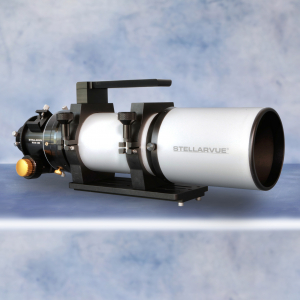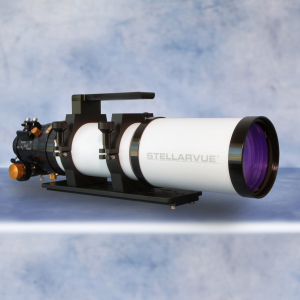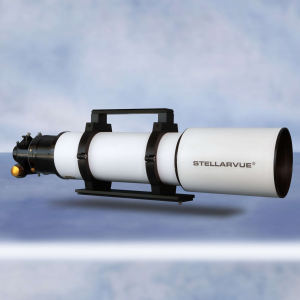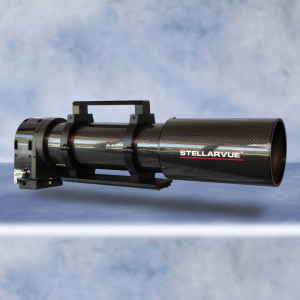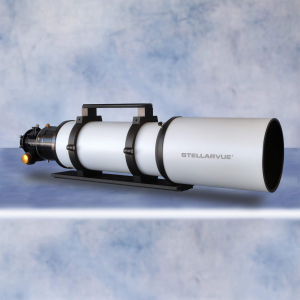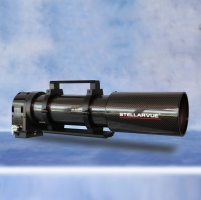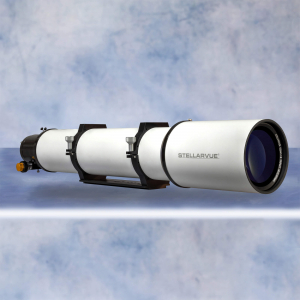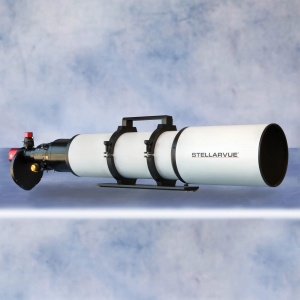Stellar Shot of the Week
SVX152T - Jones 1


Brian Poole captured this luminous shot of Jones 1 in Pegasus with his SVX152T. This faint planetary nebula is located approximately 2,300 light-years away from Earth with an estimated diameter of 4 light-years. At its center lies a white dwarf star, which formed this nebula by expelling its outer layers.
According to Brian: "Not to be confused with Jones-Emberson 1, this is a pretty faint planetary nebula. I’m not thrilled with the sky brightness. I need to rework this one at some point — maybe tomorrow, but for now this is what I’ve come up with. It’s a combination of Ha and OIII, but the OIII is really dominant here. Ha only really appears in a wispy filament below the PN."
Other Designations: Jones 1, PK 104-29.1, WD 2333+310, PN G104.2-29.6
Details:
Telescope: SVX152T
Focuser/rotator: Feather Touch 3.5"
Camera: ASI1600MM-C
Mount: 10Micron GM1000 HPS
Software:
- Adobe Photoshop
- Pleiades Astrophoto PixInsight
- Russell Croman Astrophotography BlurXTerminator
- Russell Croman Astrophotography NoiseXTerminator
- Russell Croman Astrophotography StarXTerminator
Filters:
- Astrodon Gen2 E-Series Tru-Balance Blue 1.25"
- Astrodon Gen2 E-Series Tru-Balance Green 1.25"
- Astrodon Gen2 E-Series Tru-Balance Red 1.25"
- Astrodon H-alpha 5nm 1.25"
- Astrodon OIII 3nm 1.25"
Subs: 110x120" RGB + 109x300" Ha + 199x300" OIII
Telescope and camera control: NINA
Location: New River, AZ
*For more details and an in-depth look at this image, visit Brian’s AstroBin.
References:
Harrington, P. (2023, December 29). Jones 1. Astronomy Magazine. https://www.astronomy.com/science/jones-1/
Planetary Nebula Jones 1 (PK 104-29.1) | Deep⋆Sky Corner. (n.d.). https://deepskycorner.ch/obj/jones1.en.php
Lillo, C. (2025, November 6). Jones 1 PK 104-29.1 — AAPOD2.COM. AAPOD2.COM. https://www.aapod2.com/blog/jones-1-planetary-nebula
Jones 1. (n.d.). IMAGINGDEEPSPACE.COM. https://www.imagingdeepspace.com/jones-1.html
AstroBin. (n.d.). AstroBin. https://app.astrobin.com/u/shirejedi?i=2pj02w#gallery








